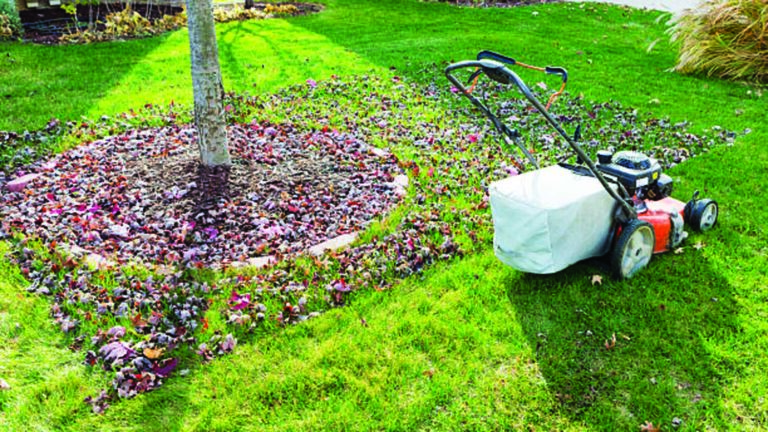The onset of the cold season brings rest, not only for plants, but often for the gardener as well. As for me, however, I just can’t quite stop. I enjoy the care and productivity of plants so much that I always have plenty of them in my house. Tropical plants, herbs, and even small fruit trees often adorn my window areas. If you’re like me, or have any interest in maximizing healthy indoor plant growth, here are a few key principles to consider:
Sunshine
The amount of sunshine you have to offer in your home helps to dictate which plants you can grow. If your home includes good South (or South-ish) exposure through large windows, for instance, there will be a large range of plant varieties available for you to grow. Get to know the light requirements of each plant you are interested in. Some plants enjoy direct sun exposure while others will prefer indirect, bright light. Colorado sun can be very intense, even through a window, so positioning is important. Most herbs and fruit trees (such as citrus) will need the maximum amount of sun that can be provided. Many tropical and ornamental plants, however, will thrive away from direct sun.
Water
Often the most critical issue with plant care is watering. There is no quicker way to kill a plant than overwatering. Of course, underwatering is problematic as well. Indoor plants are way less forgiving of improper watering than outdoor plants. One of the reasons is that plant roots are confined to a pot. In other words, they are stuck with nowhere to go except for what you give them. Get to know the watering needs of each individual plant instead of providing a “one size fits all” approach to your watering schedule. For many plants, it is highly beneficial to make sure the soil dries out towards the top before watering. Once that top layer of dryness is achieved, water the plant deeply and thoroughly – enough that it just begins to exit the bottom holes of the planter.
Soil and Containers
For most plants, using a substrate that is well-draining, yet fairly moisture retaining is best. If I am not preparing my own soil mix, naturally, I like to purchase a gritty potting soil. Whenever practical, I also like to use natural and breathable planters, such as terracotta. These are excellent for root health.
Got Fungus Gnats?
If you happen to be one of thousands of households struggling with fungus gnats, fret not. There is an excellent natural product called neem cake, and I do a detailed video on this here: www.youtube.com/watch?v=BwelmZFjEzI
You can also search the video name on YouTube: “The BEST Fungus Gnat Killer [Actually Works!] 5 Yrs Gnat-Free and Counting!”






